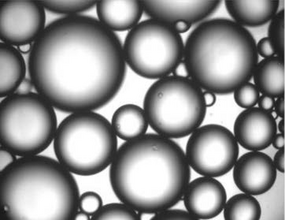Improving the flow of a multitude of products
Within the field of Chemical Engineering controlling and manipulating suspensions, emulsions and foams are used in many critical processes that create products that society relies upon daily.
Some of the industries in which they play a vital role are food processing, pharmaceutical manufacturing, mineral processing, pulp and paper, production of polymers, the construction industry, agriculture, cosmetics and toiletries, creation of paints and ceramics, biotechnology, nanotechnology and more. In fact, emulsions, foams, and suspensions of solid particles in liquids are ubiquitous in industrial manufacturing.

Professor Rajinder Pal’s research aims to develop science and engineering related to complex fluids and in the design of equipment needed to formulate, process, and pump materials for manufacturing.
His publications deal with experimental work and modelling of the rheology and flow of complex fluids. His body of work includes a comprehensive collection of experimental viscosity data for a diverse range of concentrated suspensions and emulsions, including coarse suspensions and emulsions, nanosuspensions and nanoemulsions, and nanoparticle-thickened suspensions and emulsions. This extensive data collected in the lab has been utilized to assess and propose new viscosity models.
In most applications of suspensions, it is important to be able to formulate them with as high a solids concentration as possible while keeping the viscosity at a modest level. To this end, accurate viscosity models are required to predict the viscosity of concentrated suspensions as a function of relevant variables such as particle concentration and particle size distribution.
Throughout his years of research, Pal has discovered that the viscosity of emulsions can be reduced dramatically simply by controlling the droplet sizes. Pal also discovered that the energy required to pump emulsions can be reduced considerably by varying the stability of the emulsion. A more stable emulsion tends to require a higher pumping energy.
Pal’s pioneering research also has applications in flow of dispersions in pipelines as well as in modelling of electromagnetic, mechanical, and transport properties of composite materials.
Comparison of droplet sizes
